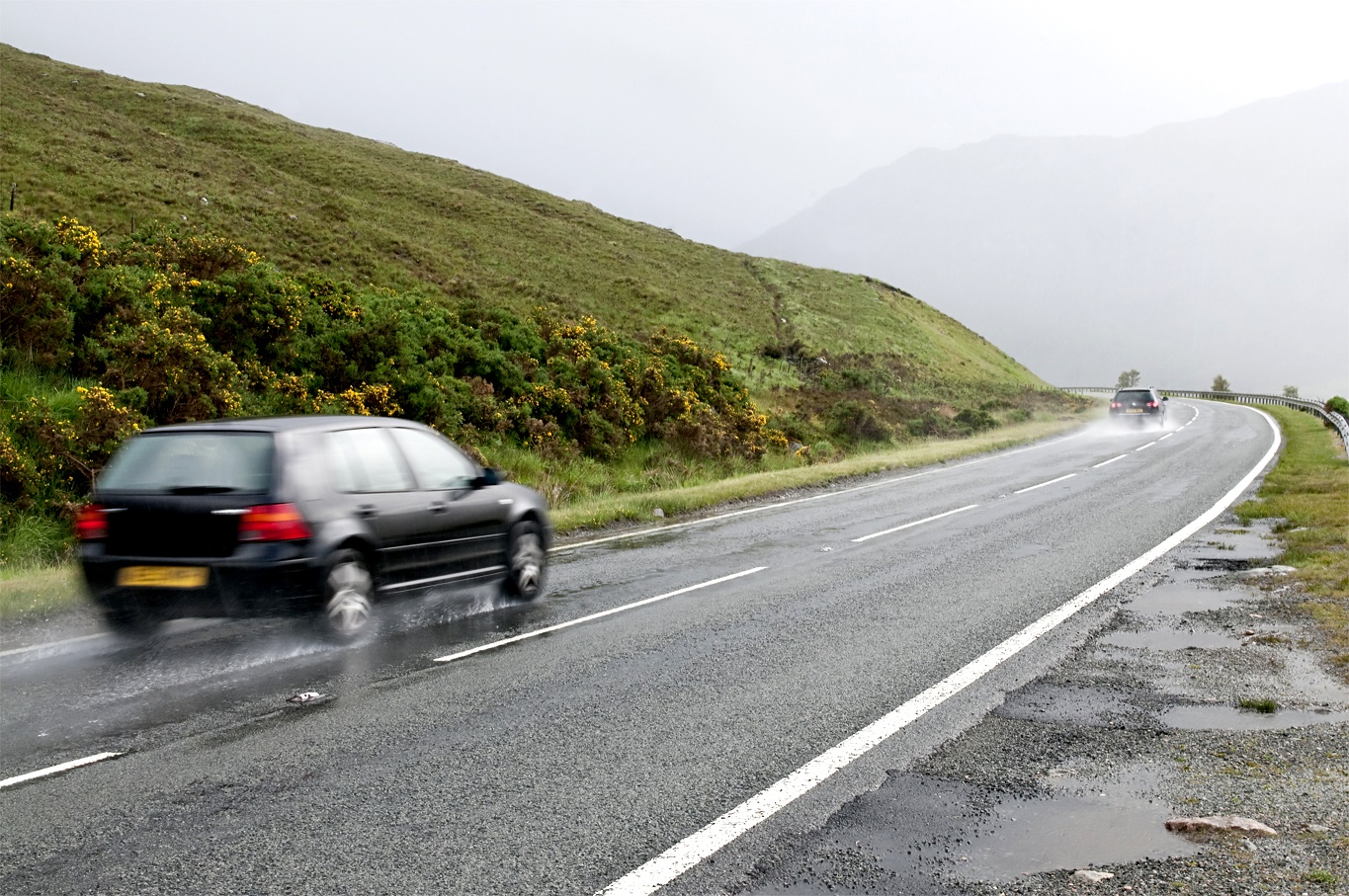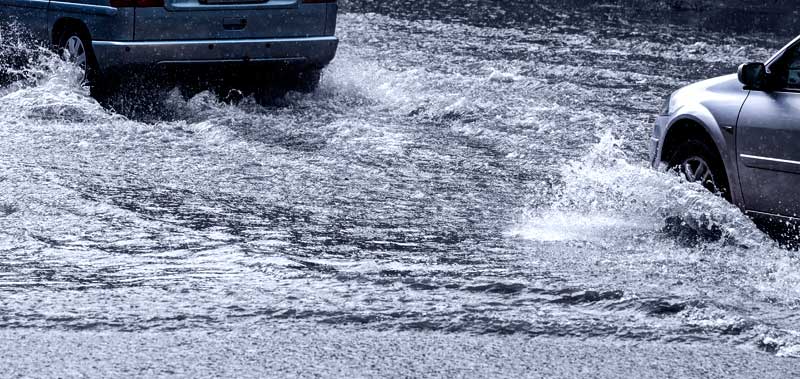
To check for this problem, make sure you physically inspect your carpet and mats to ensure they are not damp or wet. Tiny holes on your car’s undercarriage might cause floodwater to enter your car’s cabin. Always remember to pump your brake pedal a few times after passing through a flood.ĭoing so will allow the brake pads to dry itself by coming into contact with the rotors/drums. Things you should do after crossing a flooded roadĪfter driving through a flood, your brakes will be wet and might lose their grip if you brake at high speeds. If water does enter your engine, it will cause your vehicle to stall. Why? That’s because floodwater usually collects in the middle of the road, which happens to be the most shallow.ĭo stay in first gear while navigating through a flood and keep revving your engine to prevent water from entering your exhaust pipe. Once you feel you have gained back control of your vehicle, you can start to brake to lower your speed gently.ĭrive in the middle of the road and keep the revs up Never step on the brakes too hard or turn your steering wheel suddenly as it might cause your car to skid. If your steering starts to feel ‘lighter’, gently ease the accelerator and hold your steering wheel straight. When this happens, you will lose control of the vehicle and find it difficult to brake, steer and accelerate. (Photo Credit: Northampton Advanced Motorists)Īquaplaning occurs when a layer of water builds up between your tyres and the surface of the road. That way your bow wave will not meet theirs. If you see oncoming traffic, it will be in your best interest to allow other cars to pass first. The general rule of thumb is to avoid driving faster than your bow wave. Not only is this an inconsiderate move, but it might damage your engine if water somehow manages to get in. This causes a bow wave which can splash onto other vehicles and pedestrians.


Not only will this damage your car’s interior, but you might end up with an expensive repair bill if any electronics or engine components get damaged. If you have an SUV or a vehicle that is slightly higher off the ground, you should be able to pass through the floodwater without much difficulty.įor those driving ‘low’ cars, or have lowered your car’s suspension, you should consider finding an alternate route as floodwater could seep through your door sills if it is not fitted correctly.

This goes without saying, but the very first thing you should do is assess the water level before attempting to drive through a flooded road. Since flooded roads are somewhat a rare occurrence for some drivers, we took the liberty to compile this handy guide to help you ‘sampan’ your way through the high tides.Īssess the water level before crossing a flooded area The sudden downpour has been so torrential that there have been reports of flooding aka “ponding” in various parts of Singapore. Just when you thought it’s finally safe to take your trusty metal steed for a drive after months of inactivity, the gods have decided to bless our tiny island with an abundance of rainfall. With heavy rain falling on Singapore once again, here’s a handy guide on driving your vehicle through a flood. Fifty years have passed since our last “ponding” incident.


 0 kommentar(er)
0 kommentar(er)
